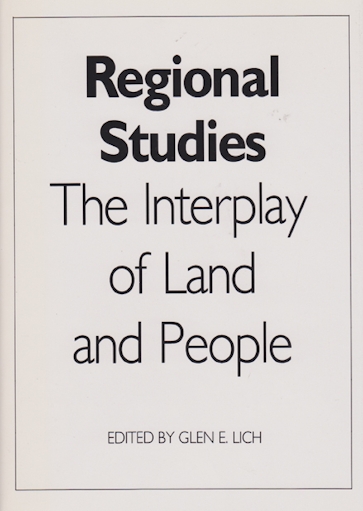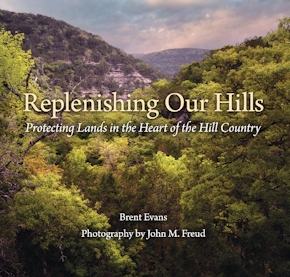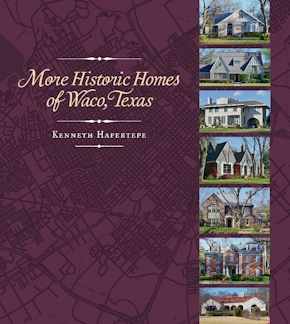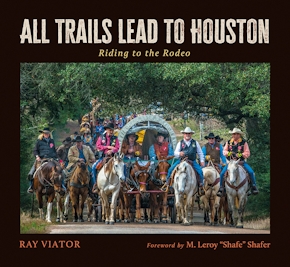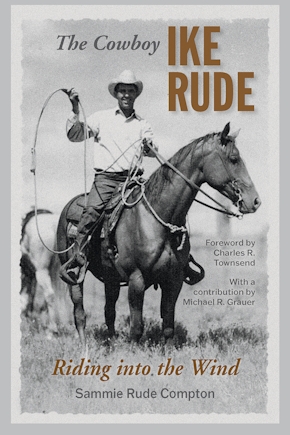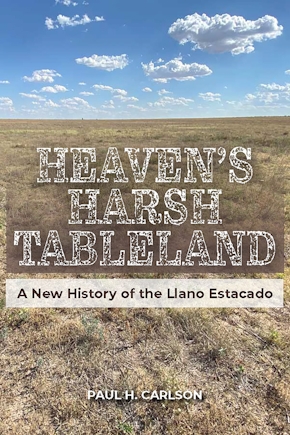Regional Studies
The Interplay of Land and People
978-0-89096-477-4 Cloth
6 x 9 x 0 in
198 pp. 10 b&w illus., 3 tables.
Pub Date: 12/01/1991
Available
BUY NOW
- Cloth $33.95 s
While the concept of region means different things to different academic disciplines, the contributors to this volume agree that the study of regions and regionalism can—and should—be undertaken with seriousness. Contributors include William R. Ferris, Terry G. Jordan, Howard R. Lamar, Ann R. Markusen, Charles Hamm, Samuel S. Hill, Susan H. Armitage, Frederic G. Cassidy, Wilbur Zelinsky, Oscar J. Martinez and Lynwood Montell. Glen E. Lich, the volume’s editor, provides a concluding overview.
The volume is arranged in three parts. The opening section addresses the comparative study of regions, and the second section applies multidisciplinary considerations to the study of regionalism and economics, politics, culture, religion, gender, and language. The last section points toward four closely connected issues; the definition and use of variables in regionalism, approaches to regions both large and small, and a final appeal for integrative and comparative perspectives.
This volume places the study of regionalism within the wide parameters of the history of the concept, its significance in western thought, and its many and varied manifestations.
Elma Dill Russell Spencer Series in the West and Southwest
About the Author
Published by Texas A&M University Press
